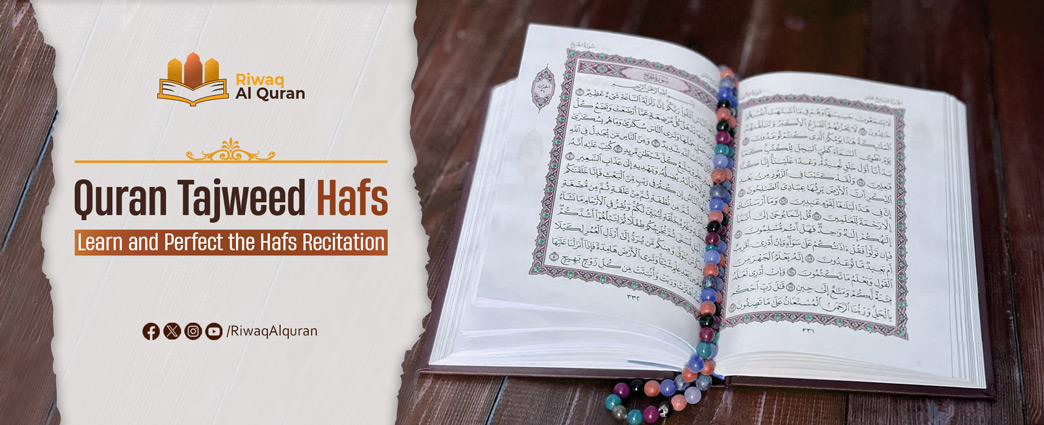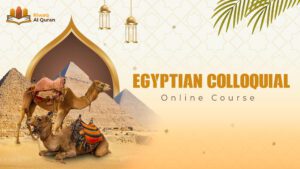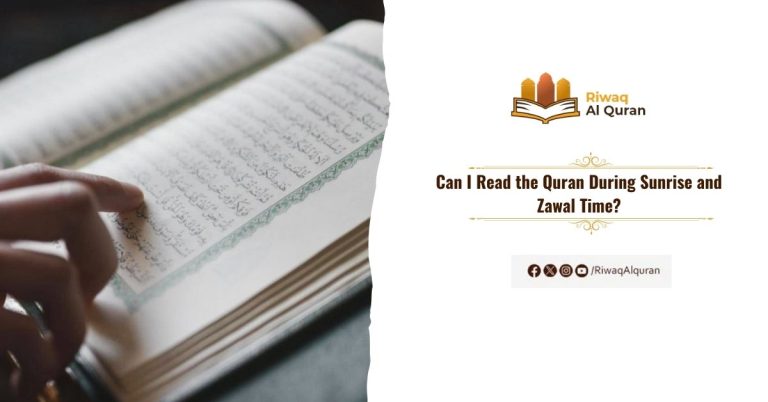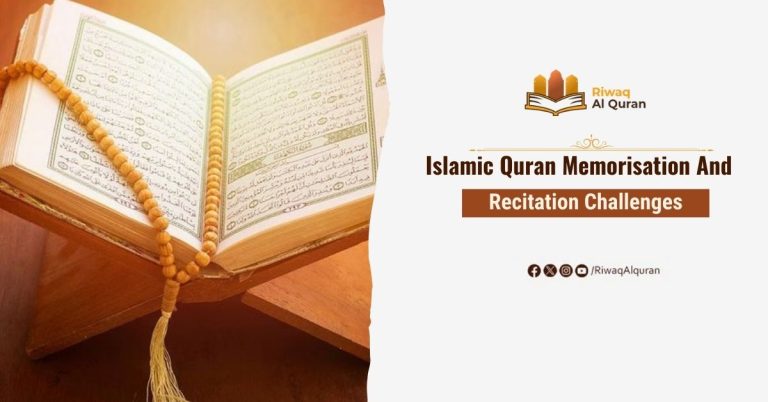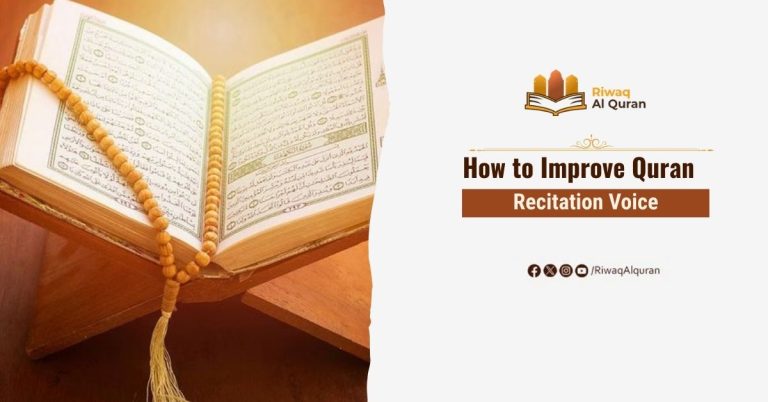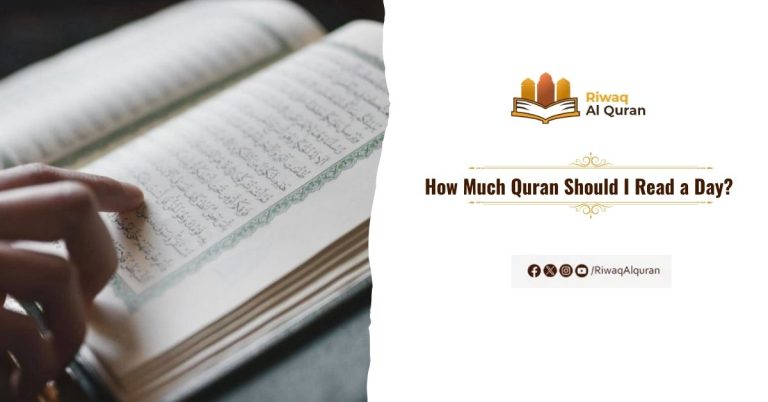Riwayat Hafs (the recitation of Hafs) is widely used and echoing till this moment around the world. It is one of the authenticated ‘Al-Qira’at Al-‘Ashr’ (the Ten Recitations of Qur’an).
It is also called as “Riwayat Hafs and ‘Aism” as named after the two proficient scholars of transmitting this recitation: Hafs ibn Sulayman al-Asadi and ‘Asim ibn Abi al-Nujud.
Not only that, but also it is definitely known as the most popular recitation among all Muslims, due to its historical roots, melodious tone, clear articulation, and easy memorization. Let’s know more about this remarkable recitation of Hafs, and delve into its distinctive features.
Table of Contents
Significance of Riwayat Hafs an ‘Aism
Riwayat Hafs an ‘Aism is so significant to the Muslims, as it is one of the authenticated Seven Recitations of the Qur’an. More specially, its chain of transmitting narrators is continuous and unbroken, from the time of the Prophet (PBUH), till this moment; that for sure underlines its high precision, and authenticity.
Besides its historical roots including matchless Qur’an-scholars, its clarity and melodic style help this recitation’s wide spread all around the Muslims’ world. It became the standard recitation to learn and memorize the Qur’an.
The Distinctive Features of Hafs an ‘Aism Recitation:
As known, the Seven Recitations of the Qur’an emerged from the various dialects according to the various regions when Islam got spread wider and wider. Each of those recitations was accepted, and validated by the Prophet (PBUH) before his death, as a mercy from Allah for the various ways of the peoples’ pronunciation, yet, all of them are the same in meaning, even with slight differences of some words’ articulations.
Each authenticated recitation of the Qur’an is traced back to a certain Companion who directly learned the recitation in the hands of the Prophet (PBUH). This recitation traced back to Imam Ibn Kathir al-Makki, who learned the Qur’an directly from the Prophet (PBUH), and taught directly Asim ibn Abi al-Najud.
Each recitation of Qur’an has distinctive features, and those are the ones distinguishing the recitation of Hafs an ‘Aism:
1. Precise Articulation, and Clear Makharij:
This recitation is remarkable with its clarity and precise articulation of every letter, and in turn, every word, that helps the reciter to master the right pronunciation simply and clearly, getting aware of all the letters-makharij and how the letters should be exactly produced.
2. Melodic Tone, and Flowing Rhythm:
The recitation of Hafs and ‘Aism is known by its pleasing rhythm to the ears! You feel captivated by how smooth and sweet the recitation-flow goes on; that definitely stirs up your genuine feelings, stimulates your inner-interaction with the Qur’anic recitations, and makes it easier to memorize by heart.
3. Long Vowels, and Due Pauses:
In this melodic recitation, the elongation of the vowels play an important role, side by side with the proper stress and due pauses, while recitation. That makes you meaningfully engaged with the ayahs being recited, and spiritually connected to the Qur’an’s message.
4. Consistent Tajweed Rules:
Of course, the rules’ being consistent help the learner to follow the right steps he needs, all along his learning-process, and makes him mindful of the proper techniques of the right recitation.
5. Unbroken Chain of Renowned Scholars :
The recitation of Hafs an ‘Aism was so popular among the Muslims, and it is passed down through an unbroken chain of reputable narrators who transmitted it from the Prophet, (PBUH), himself. It is said that Hafs himself learned directly from four Companions of the Prophet – Uthman ibn Affan, Ali ibn Abi Talib, Abdullah ibn Mas’ud, and Ubayy bin Ka’b-(may Allah be pleased with them all).
6. The Printed One in Mushafs:
The recitation of Hafs and ‘Aism is the recitation printed in the official copies of mus-haf in most of the Islamic countries, like Saudi Arabia, Sudan, and Egypt.
Read more about: Tajweed Symbols


Differences between the Recitation of Hafs an ‘Aism, and the Others:
Of course, each authenticated recitation of Qur’an has its distinguishing features and main remarks; here are some differences between the recitation of Hafs an ‘Aism and the others:
1. The City-Origin:
The Recitation of Hafs an ‘Aism originated in Kufa, in Iraq, in the time of Caliphate Uthman, when he ordered to compile and distribute the standardized written copy of the Qur’an to all over the Muslim world. Whereas, other recitations, like that of Warsh, originated in Medina, and so on.
2. Chain of Narrators:
Each of the authenticated recitations of the Qur’an has its own chain of transmitting narrators, who passed down their knowledge and mastery of the Qur’an through generations. The narrators’ chain of the recitation of Hafs and ‘Aism is that:
Imam Hafs ibn Suleiman ibn al-Mughirah al-Asadi al-Kufi learned from Aasim ibn Abi al-Najud al-Kufi al-Tabi’i from Abu ‘Abd al-Rahman al-Sulami from Uthman ibn Affan, Ali ibn Abu Talib, Ubayy ibn Ka’b, and Zaid ibn Thabit from Muhammad (PBUH).
3. Popularity and Spread:
The Recitation of Hafs an ‘Aism is the most widely spread and known recitation around the globe, due to its clarity, precision, and authenticity. The other recitations are also known, but only in certain regions, and times, unlike this recitation that is the most popular and standardized over all.
4. Similarity to the ‘Ottoman Script”:
Among the rest recitations, the recitation of Hafs is the closest to that standardized form of the Qur’an text compiled and distributed during the time of Caliph Uthman, the printed one in mushafs all over the Islamic world. Most scholars see that evident, due to its precise articulation, and people’s acceptance.
5. Constant Tajweed Rules, and Certain Pronunciation:
Its constant, clear way of setting the tajweed rules with distinct and simplicity makes it the preferable one to follow along, and to keep the right rhythm and rules of the Qur’an recitation.
Also, in this recitation, there are some Qur’anic words that are pronounced differently, like pronouncing the ا, in بِسْمِ اللَّهِ مَجْرَاهَا وَمُرْسَاهَا with Emala (pronouncing ا more into ي, and fat-ha, more into kasra).
Read more about: Hams in Tajweed
Experience Riwaq Al Quran Classes
Watch real moments from our live sessions at Riwaq Al Quran and see how we bring learning to life. These clips highlight our interactive, student-focused approach designed to keep learners engaged, motivated, and actively involved in every step of their educational journey.
Examples of Recitation rules of Hafs and ‘Aism:
As said, the recitation of Hafs and ‘Aism is that one chosen to be printed, standardized form of the Qur’an for reciting and learning in the majority of the Islamic world. Therefore, whoever learns tajweed rules, he gets to know the famous tajweed rules like basmala, tafkheem, tarqeeq, qalqalah, makharij, and so on.
Yet, there are some special points to consider when reciting the Qur’an according to the recitation of Hafs and ‘Aism, like:
1. Tas-heel:
It means pronouncing hamza between hamza and Alif, as in the second hamza in أَأَعْجَمِيٌّ وَعَرَبِيٌّ .
2. Emala:
It means pronouncing Alif closer to yaa, and the fat-ha closer to kasra, as in بِسْمِ اللَّهِ مَجْرَاهَا وَمُرْسَاهَا .
3. Al Ishmam:
It means closing the lips after pronouncing the letter with sukun, as in مَا لَكَ لَا تَأْمَنَّا
4. Seen س and Sadh صin 4 Qur’anic Words:
In Hafs’ recitation, those bold words can be pronounced whether with seenس, or sadh ص; however, one is preferred over the other in each case:
- وَاللَّهُ يَقْبِضُ وَيَبْصُطُ وَإِلَيْهِ تُرْجَعُونَ (245) البقرة— preferred to be pronounced with seen س here.
- وَزَادَكُمْ فِي الْخَلْقِ بَصْطَةً فَاذْكُرُوا آَلَاءَ اللَّهِ لَعَلَّكُمْ تُفْلِحُونَ (69) الأعراف—preferred to be pronounced with seen س here.
- أَمْ عِنْدَهُمْ خَزَائِنُ رَبِّكَ أَمْ هُمُ الْمُصَيْطِرُونَ (37) الطور— preferred to be pronounced with sadh ص here.
- لَسْتَ عَلَيْهِمْ بِمُصَيْطِرٍ (22) الغاشية—preferred to be pronounced with sadhص here.
5. Madd for the Letter ‘Ain ع:
Pronouncing ع in كهيعص in Surah Maryam, and عسقin Surah Al Shura, can be elongated by moderate madd (4 harakat), or by a long madd (6 harakat) which is more preferred.
Read Also: Quran Recitation – Benefits and Rules
Different Between Imam Hafs and Imam ‘Asim:
Imam Hafs ibn Sulayman al-Asadi was an outstanding scholar of Qur’an from Kufa. He was known by his proficiency in the Qur’an recitation and his consistent seeking for mastery in the Qur’anic studies. Actually, he was a diligent student to many enlightened scholars, like Imam Abu Hanifa and Imam Malik, and then to Imam Asim ibn Abi al-Nujud. Of course, this recitation of Hafs came to us through such a great chain of those major Qur’an-scholars!
Imam ‘Asim ibn Abi al-Nujud was a reputable scholar from Medina. Most importantly, he directly learned the Qur’an-recitation from several Companions of the Prophet (PBUH). He was knowledgeable of all the Qur’an-recitations, and chose to spread this recitation of Hafs and ‘Aism, due to its clarity, easiness to use, and acceptance by all people in Medina.
Read more about: Nabr in Tajweed
How to Learn the Recitation of Hafs and ‘Aism:
Recognizing it as the most famous recitation and the standard one, every Muslim trying to master reciting the Qur’an seeks learning it, sooner or later. Yet, the best, sure way to learn that easily, properly, and quickly is to seek the help of a specialized, knowledgeable Quran-teacher, exactly as our great scholars used to seek the reputable tutors for learning directly from them, throughout whole generations.
For you, Riwaq Academy provides professional tajweed-teachers who already got their recitation-ijazah that qualifies them to be well-versed at this recitation specially, so that they can pass their knowledge directly down to you, and keep you guided and corrected all along. Not only that, but also Riwaq Academy provides you with the right, precise material you need to study this recitation’s techniques which enables you to practice and master the recitation of Hafs an ‘Aism, Insha’Allah!


Why Students Love Learning with Riwaq Al Quran
Hear directly from our students about how Riwaq Al Quran Academy has transformed their connection with the Book of Allah. Their experiences reflect the dedication, care, and quality that guide every step of our teaching.
Learn Quran, Arabic And Islamic Studies Online With The Best Native Tutors
Riwaq Al Quran is a comprehensive online platform that offers personalized Quran, Arabic and Islamic Studies Online classes for individuals of all ages and backgrounds.
Their experienced instructors use a structured curriculum to cover Tajweed, Tafsir, and Memorization, providing easy and effective access to learning the Quran.
The advanced online classes allow for seamless communication and interaction between students and teachers. Join Riwaq Al Quran for a deeper connection with the Quran.
We offer several courses such as:
- Online courses for kids.
- Online Quran classes for kids and adults.
- Online Arabic courses
- Online Ijazah courses
- Online Islamic Studies courses.
Here are a sample of our set of Quran Courses that will be helpful for you:
- Online Tafseer Course: Delve into Quranic meanings with our insightful online Tafseer course.
- Noorani Qaida Online: Learn Quranic basics efficiently through our Noorani Qaida online program.
- Online Quran Recitation Course: Enhance Quranic recitation skills through our expert-led online course.
- Online Tajweed Classes: Master Tajweed rules for beautiful Quranic recitation in online classes.
- Quran Memorization Online Course: Memorize the Quran effectively with our specialized online memorization course.
- Online Qirat Course: Explore diverse Qirat styles with our comprehensive online Qirat course.
- Online Quran Classes for Kids: Nurture a love for the Quran in kids through interactive online classes.
Conclusion:
In essence, the recitation of Hafs an ‘Asim is the world’s most widespread and standard method for reciting the Qur’an, revered for its authentic, unbroken chain of narration back to the Prophet (PBUH). Its hallmarks of clear articulation and a melodic rhythm have cemented its status as the most printed and accessible recitation, preserving the divine text with precision and beauty.
To properly master this beloved recitation, particularly its unique rules like Tas-heel and Emala, guidance from a qualified instructor is vital. Structured learning is the most effective path to ensure you apply the specific Tajweed rules of Hafs with accuracy, ultimately achieving a correct and moving recitation of the Holy Qur’an.

